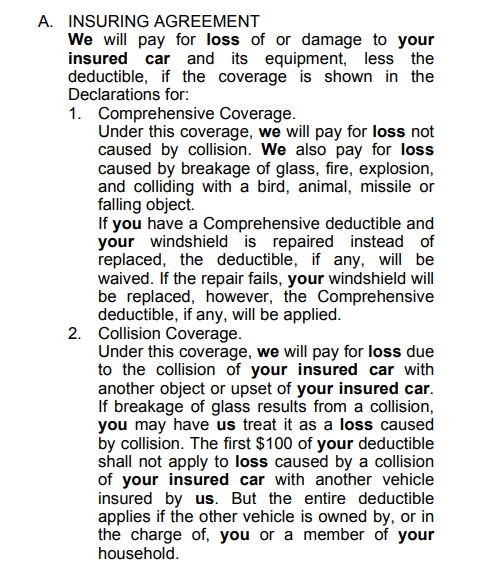A Biased View of Pacific Prime
Some Of Pacific Prime
Table of ContentsThe 8-Second Trick For Pacific Prime5 Easy Facts About Pacific Prime ExplainedThe 15-Second Trick For Pacific PrimeThe Only Guide for Pacific PrimeRumored Buzz on Pacific Prime

This is since the information were collected for a duration of strong financial efficiency. Of the estimated 42 million people who were uninsured, all however regarding 420,000 (about 1 percent) were under 65 years old, the age at which most Americans end up being qualified for Medicare; 32 million were grownups between ages 18 and 65, around 19 percent of all adults in this age group; and 10 million were youngsters under 18 years old, regarding 13.9 percent of all kids (Mills, 2000).
These price quotes of the variety of persons without insurance are produced from the yearly March Supplement to the Existing Populace Study (CPS), carried out by the Demographics Bureau. Unless otherwise kept in mind, national estimates of people without medical insurance and percentages of the populace with different sort of coverage are based on the CPS, the most extensively used source of quotes of insurance coverage and uninsurance prices.
Indicators on Pacific Prime You Should Know

Still, the CPS is specifically useful because it generates annual estimates relatively quickly, reporting the previous year's insurance policy coverage estimates each September, and because it is the basis for a regular collection of quotes for greater than twenty years, enabling analysis of fads in protection over time. For these reasons, along with the considerable use the CPS in various other researches of insurance protection that are provided in this report, we rely upon CPS estimates, with constraints noted.

The quote of the number of without insurance people broadens when a population's insurance policy condition is tracked for several years. Over a three-year duration starting early in 1993, 72 million people, 29 percent of the U.S. https://anotepad.com/notes/23abm5wr. populace, were without protection for at the very least one month. Within a single year (1994 ), 53 million people experienced at the very least a month without coverage (Bennefield, 1998a)
6 out of every ten without insurance adults are themselves used. Although working does improve the possibility that one and one's member of the family will certainly have insurance coverage, it is not an assurance. Even participants of family members with two full time wage earners have practically a one-in-ten chance of being uninsured (9.1 percent without insurance price) (Hoffman and Pohl, 2000).
Some Known Details About Pacific Prime
New immigrants make up a significant proportion of people without medical insurance. One analysis has attributed a substantial portion of the recent growth in the size of the U.S. without insurance populace to immigrants that arrived in the country in between 1994 and 1998 (Camarota and Edwards, 2000). Current immigrants (those who pertained to the USA within the previous 4 years) do have a high price of being without insurance (46 percent), but they and their children represent just 6 percent of those without insurance coverage across the country (Holahan et al., 2001).
The partnership in between medical insurance and accessibility to care is well developed, as recorded later on in this chapter. Although the partnership in between medical insurance and health outcomes is neither direct nor easy, a substantial scientific and wellness solutions research literary works web links medical insurance coverage to improved accessibility to care, much better top quality, and boosted personal and population health status.
Degrees of analysis for analyzing the results of uninsurance. This conversation of health insurance policy protection focuses largely on the united state population under age 65 due to the fact that virtually all Americans 65 and older have Medicare or various other public protection. Furthermore, it concentrates particularly on those with no wellness insurance coverage for any length of time.
Pacific Prime Can Be Fun For Anyone
The issues encountered by the underinsured are in some respects similar to those dealt with by the these details uninsured, although they are normally less extreme. Health and wellness insurance coverage, however, is neither necessary nor sufficient to obtain access to clinical solutions. The independent and straight effect of wellness insurance protection on access to health solutions is well established.
Others will certainly obtain the healthcare they need even without medical insurance, by spending for it out of pocket or seeking it from carriers that offer treatment free or at very subsidized prices. For still others, health and wellness insurance alone does not make sure receipt of care due to various other nonfinancial obstacles, such as an absence of healthcare service providers in their area, limited access to transport, illiteracy, or linguistic and cultural distinctions.
The 45-Second Trick For Pacific Prime
Official research about uninsured populaces in the USA dates to the late 1920s and very early 1930s when the Committee on the Price of Healthcare produced a series of reports regarding funding medical professional workplace sees and hospital stays. This concern came to be significant as the numbers of clinically indigent climbed during the Great Depression.